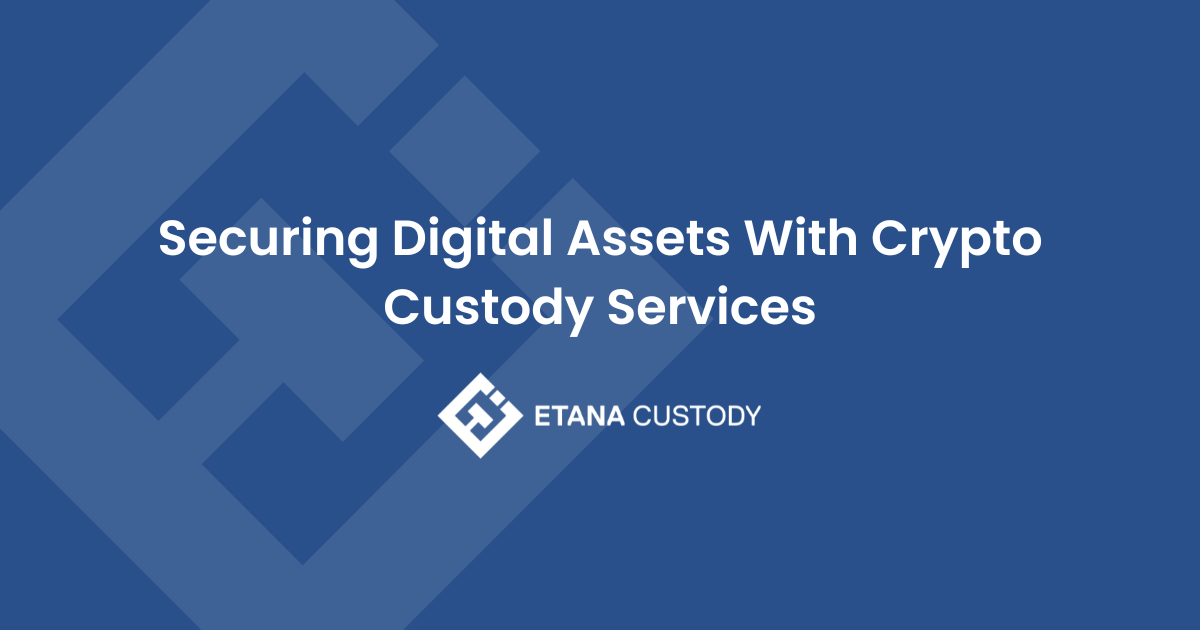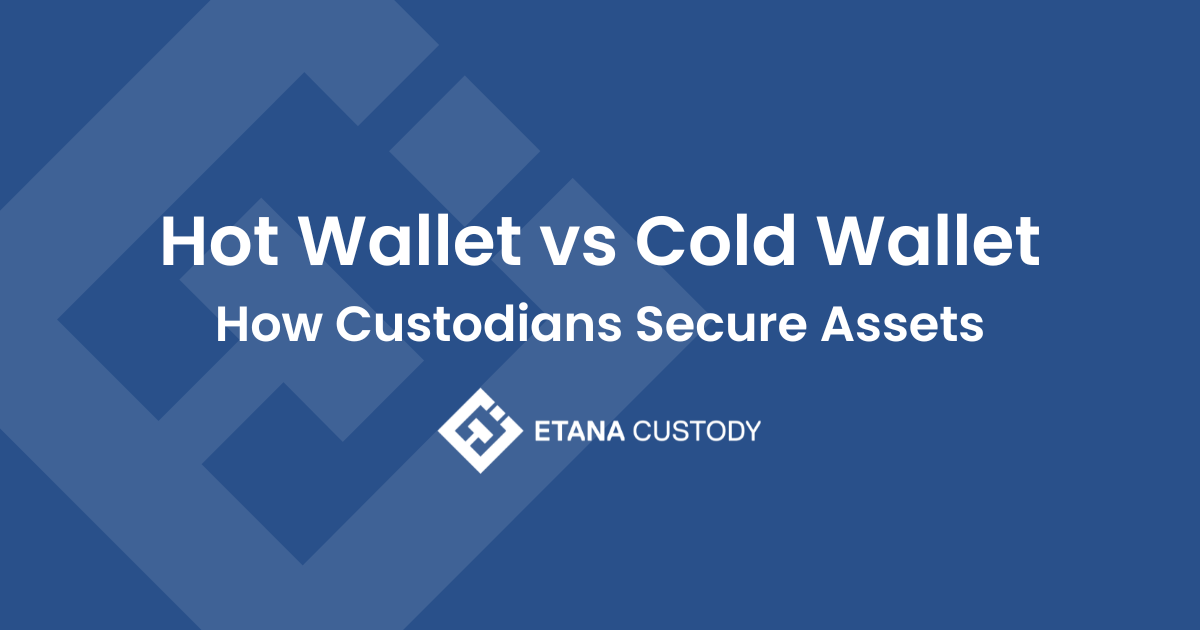Blockchain and distributed ledger technology have forever changed the landscape of trade and commerce and democratized how we transact currency and assets. Yet, despite the impressive level of innovation and growth among decentralized networks, these platforms are uniquely vulnerable to threats such as cyberattacks, smart contract hacks, counterparty, and settlement risks, and one of the most apparent dangers...losing crypto keys.
Despite an incorrect, albeit prevailing, opinion that everyone can simply take accountability for their own crypto custody, irrefutable evidence to the contrary presents itself daily. The need for reliable custodial products and services has become more sharply focused for all digital asset users due to this evidence.
The Need for Crypto Custody
The crypto industry is full of horror stories about stolen funds, hacks, and permanent loss due to missing passwords or "keys." For example, BlueBenx, the Brazilian crypto-lending program, has reported a $32 million hack and illicit withdrawal.
In addition to threats from outside influences are the real-life reports of people who have permanently lost access to vast sums of money because they misplaced their password or "key." The New York Times famously reported on Stefan Thomas, perhaps the most well-known example of lost digital access, who owned 7002 bitcoins worth $220 million- now forfeited due to a lost password.
From institutional investors and asset managers to casual retail users, the evidence is clear that robust custodial services are necessary to ensure the practical sustainability of the digital asset class for all stakeholders.
But what exactly IS crypto custody?
Well-known are the traditional banking custodians who do precisely what the name suggests: they physically take custody of conventional assets, including cash, securities, or supplies of precious metals. In other words, they safeguard assets protecting them from theft.
Yet, gone are the days when the most significant consideration for the safe storage of assets was an airtight bank vault and an armed security detail. Instead, digital and crypto asset custody services are significantly more complicated and urgent in today's atmosphere of endless cyber threats.
Luckily, custodial solutions have managed to outpace and outperform the onslaught of would-be thieves with ingenious storage systems and practices. This means you can safely trade digital assets directly from custody if you choose the proper custodian.
In this article, we will explore the following:
- What crypto custody solutions entail.
- The safe mechanics of crypto holdings.
Digital Asset Custody; Self Custody vs Third Party Custody
Digital asset custody falls within two categories; third-party custody and self-custody.
Self-Custody: Many users elect for self-custody of private keys. But, of course, if you leave it up to each user to keep the private key for him or herself, many people will commit it to a piece of paper and perhaps keep it in their desk drawer.
This is a security nightmare. Hackers can get the paper or find someone to read it to them. Or a keyholder can misplace that record and, with it, any claim to the asset.
According to one authority, Chainanalysis, roughly 20% of all existing bitcoins are in lost crypto wallets. That amounts to a dead loss for the economy of $205.8 billion. It also motivates the impetus to secure the key, the new great task of custodians in the crypto markets.
Third-Party Custody: No physical asset, paper or metallic, is to be kept in custody. All the data and transactions exist on a public ledger, now colloquially known as the blockchain. So, there is nothing in the physical sense for custodians to store. So, what do custody solutions offer?
The answer is this: crypto custodians guard each user's private keys. For the sake of simplicity, think of these as something like a highly complex bank account number. Private keys, also known as cryptographic keys, are long, randomly generated bit sequences.
For example, Bitcoin's sequence is 256 bits long. The length and complexity of the private key secures it against hacker guesswork or brute force attack.
Exchanges, Risk, and The Need for Custodians
The centralized crypto exchanges (Binance, Kraken, Coinbase) serve as custodians for their customers in an intermediary role. The actual custodial work is contracted to a third party.
As the adoption of crypto and digital assets continues to flourish, the need for trusted custodial services with strong security protocols becomes essential within the digital space.
To put this in perspective, Yahoo Finance reported that crypto reached a market cap of nearly $2.5 Trillion in 2021, yet custodians protected only 30% of assets. That figure might seem low until you dive into the custody growth metrics.
Assets protected under custody grew 7-fold from $32 Billion in 2019 to nearly $230 Billion in 2021, punctuating not only the exponential growth of crypto and digital assets but the consequent growth of the custodial services designed to protect those assets.
The exponential growth of custodial services over the last couple of years suggests that the percentage of digital assets under custody could start to catch up to the market cap within the next several years. Hackers and thieves will continue to be a challenge in the digital space which justifies the need for custody services.
Custodians provide a critical service to exchanges; since an exchange's primary function is to provide market access, custodians ensure that it happens within a secure context.
Demand for Digital Custody Services Will Grow
The demand for cryptocurrency custody services will undoubtedly continue to grow over time, and the providers of this service will compete with one another to be the trusted third party.
The initial coin offering boom of 2017-18 saw a wave in interest in supplying that demand. As a result, this period saw the emergence of some well-known brands: Etana, Copper, Fidelity, HEX Trust, Komainu, and Propine.
By January 2019, with the ICO boom just in the rear-view mirror, the total value of digital assets under custody was $32 billion. That number has continued to grow for other reasons, including the rise of NFTs (Non-Fungible Tokens). It had reached close to seven times that number by January 2022.
Digital assets have already disrupted traditional financial institutions and financial services in many respects,; the definition of custodial services among them. And the disruption has yet to settle into a new equilibrium.
Etana offers individuals unparalleled security that their assets will be safely held and not subject to counterparty risk. Traditional currencies are held in insured banks, and digital assets are held in SOC-compliant depositories.
Custody Provides Security and Management Against:
THEFT
Protects your crypto, digital, and traditional financial assets from theft and hacking by providing an extra layer of security by having access to your digital assets managed by Etana.
BUSINESS FAILURE
In the event of failure by a crypto provider or exchange, your digital assets are held with Etana and accessed by the provider through Etana, mitigating business failure risk.
LOSS OF ACCESS
Your private keys (used to access your digital assets) are stored using Etana's crypto custody technology, ensuring you will not lose access to your crypto through accidental deletion, computer failure, or other incidents.
Secure your cryptocurrency, NFTs and other digital assets with crypto custody services provided by Etana Custody.

